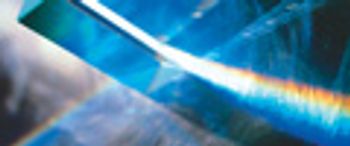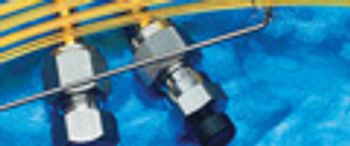
LCGC North America
Agilent (Palo Alto, California) recently announced plans to open a new training center in Shanghai, China.

LCGC North America
Agilent (Palo Alto, California) recently announced plans to open a new training center in Shanghai, China.

LCGC North America
The authors look at three column performance problems encountered frequently in today's laboratory.

LCGC North America
The authors outline the ways in which forced degradation is used to develop a stability-indicating method and examine some of the method development and validation parameters critical to its success.

LCGC North America
As environmental legislation becomes more stringent, the need to deliver quantitative results in shorter times and greater volumes is necessary for routine environmental analysis. Most of the high-throughput screening methods used to analyze pharmaceutical compounds are, however, useless for environmental monitoring. This is because these methods primarily aim to retrieve as much information from a single sample using the broadest range of techniques. The chromatographic separation process is considered to be the bottleneck in the process. This is not the situation for environmental procedures, in which the bottleneck is the sample preparation step and is usually very tedious and time-consuming.

LCGC North America
Agilent (Palo Alto, California) recently announced plans to open a new training center in Shanghai, China.

LCGC North America
Columnist Michael Balogh explores the topics of informatics and data management with this month's featured scientists.

LCGC North America
Guest columnist Matt Przybyciel reviews the structure, behavior, and applications of both alkyl- and phenyl-fluorinated phases in HPLC.

LCGC North America
Reversed-phase high performance liquid chromatography (HPLC) is one of the most utilized forms of chromatography (1). The C8 and C18 stationary phases are the most widely used for reversed-phase HPLC. However, analysts occasionally encounter difficult separations for which selectivity, ruggedness, or reproducibility are not obtained easily using traditional C8 and C18 phases. These separations might require the use of novel or selective phases that interact with analytes in a manner different than C8 or C18 phases (2). These types of stationary phases separate compounds based upon selective stationary phase interactions such as steric recognition charge transfer or ?–? interactions (3). One class of selective or novel phases that have been used for a variety of separations are fluorinated phases (4). These fluorinated phases have provided an alternative and complementary separation for many analytes performed on C8 or C18 columns. Fluorinated phases can provide different elution orders, leading to..